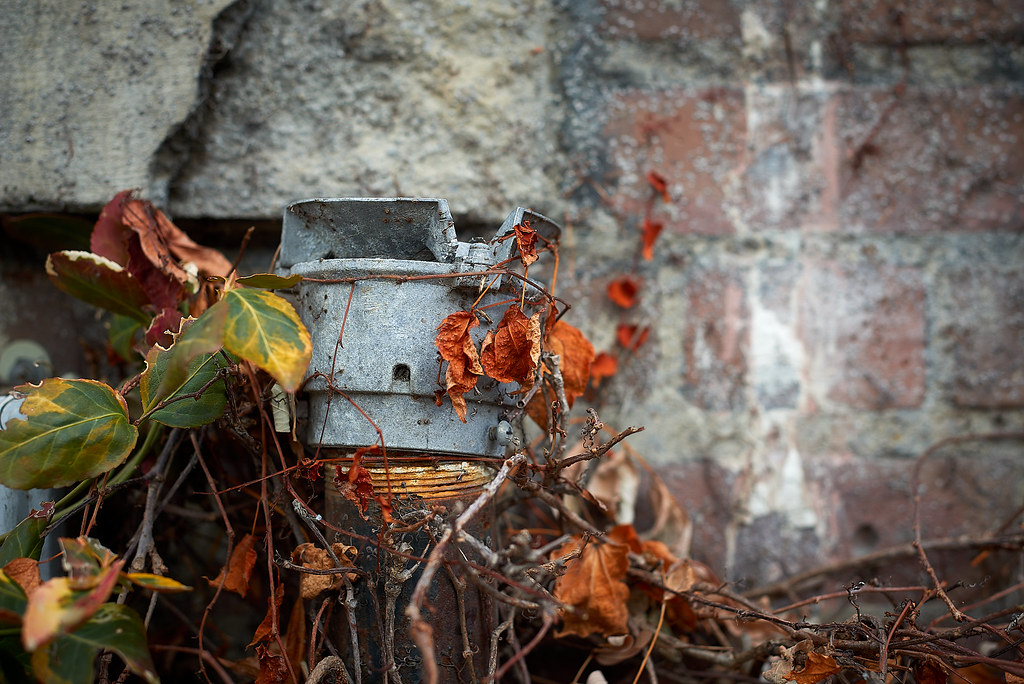
D800, Nikkor 50/1.8D
So now that I have both a D800 and the A7II, what does that mean for my gear choices?
Well simply, the D800 doesn't mean much. As much as I love it, it's simply too big, too heavy and too limited in liveview function and connectivity to be a primary body for me. It's simply a fun body to shoot with a lot of the glass I currently own for not too big an investment.
The A7II is a solid body, but once again I've not really gelled with it, for reasons that are a mix of its weaknesses and simply the fact that the best setups for it don't really match the way I work. I'm not getting rid of it, but I have specific plans for it which will see it somewhere else than my bag in the near future.
So where does that leave me? Well, the A7II is it for now, but it will get replaced as my primary body. The real question is with what?
If I was willing to go back to smaller formats, the choice would be Fuji IMHO. While I did really enjoy working with the m43 stuff, an X-T2 or X-T200 best fits my interests and preferences. The Nikon Z50 would be the second choice, but the lack of a native fast wide to normal prime hurts it badly (and there isn't one in the roadmap, bad Nikon). As good as the f1.8 S FX primes are, they're just too much money for the most part.
Now if I want to stay FF, and I think I do, the options are the following.
1. Stay Sony, get an A7III. That solves many of the minor niggles I've had with the A7II, but keeps a couple notable others (it's still not a great body with gloves for example, and I want more screen articulation). Pricing is still high-ish but probably will drop notably once the expected A7IV releases
2. Go Nikon. The Z6 solves all but one of my issues with the A7II, leaving only the screen articulation as an annoyance. However the lack of USB power (only USB charge is supported) is annoying. But I need new cards (it's XQD only, and I'm standardized on SD for now) and it's pricey, as is the FTZ adapter, and all the lenses are somewhat pricey (but very good) and there's bagel for 3rd party support. The plus side is mostly the best native support for F mount AF-S and AF-P lenses.
3. Go Panasonic with the S1. That nets me high-res multi-shot, superb ergonomics, support for both XQD and SD cards and a best in class EVF. Downside is it's pricey, the lenses are limited (albeit with 3 brands actively releasing options), it's freaking huge (D800-sized) and the system is probably a dead end. There would need to be pretty wild discounts on an S1 before I'd look at it though, it's just way too much money for a ~24MP mid-level body.
4. Go Canon. The first two RF bodies underwhelmed on paper, but seem to be pretty good in the field. The RP in particular is cheap and handles nicely, and it has a flip/twist LCD (Yay!). EF adapters are either cheap or feature-laden (the variable-ND filter lens adapter is VERY neat, if expensive), there's a ton of good & inexpensive EF glass out there (I own 2 EF lenses already). Native lenses are mostly stupid money, stupid big and stupid good, but all indications are that Canon recognizes this and has some more reasonable options on the way to add the the neat 35/1.8 IS Macro and EF adapted lenses behave like native anyways. The downsides really are there's no IBIS currently and the sensors simply aren't as good as the Sony or Nikon sensors. Oh and the RP's battery life sucks (but it uses the same battery as the Rebels and SL's, so batteries are cheap & everywhere).
Honestly, I'd really like to spend a week or two with an RP, a spare battery, and an EF 16-35/4L IS with EF adapter. I'd know then if it would work for me and if it does the 16-35+70-200 F4L IS combo would cover pretty much everything I'd need, along with the 50/1.8 STM I already own.
No comments:
Post a Comment